La Mancha Wine Route
Ciudad Real, Albacete, Toledo
Museum of the Tinajería (Villarrobledo)
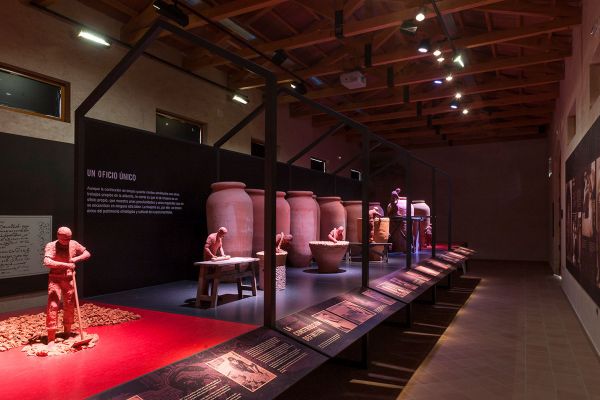
EHD Warehouse (Socuéllamos)

Alcázar de San Juan
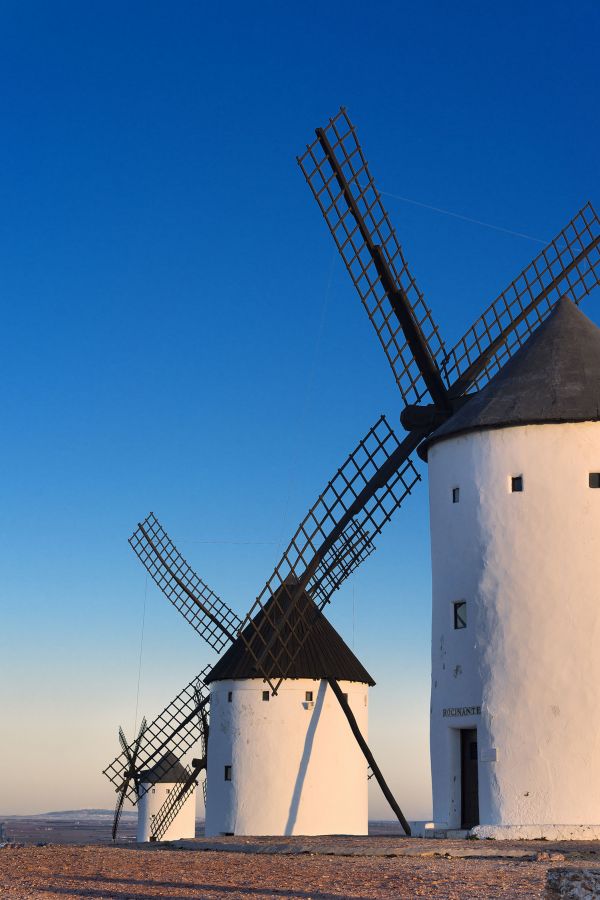
Campo de Criptana
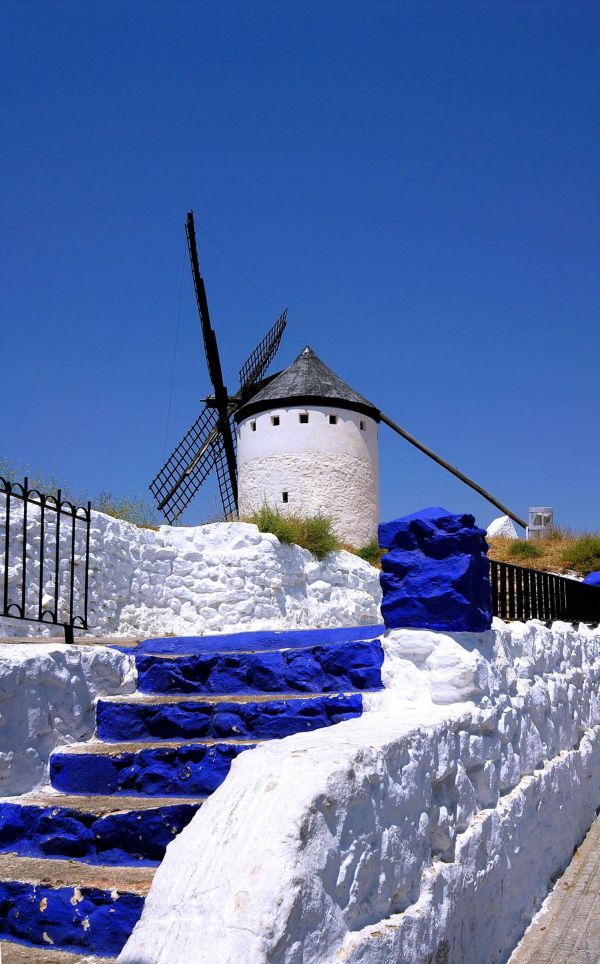
Cristo de la Vega Warehouse (Socuéllamos)
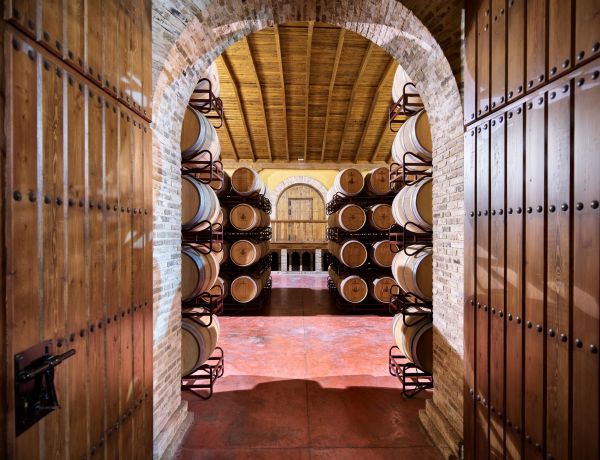
El Toboso
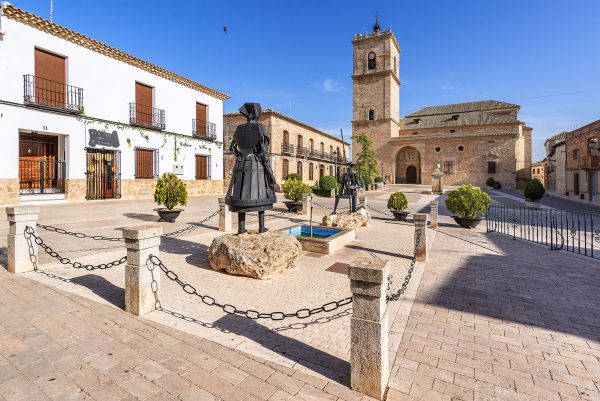
Las Musas Restaurant (Campo de Criptana)

Torre del Vino Museum
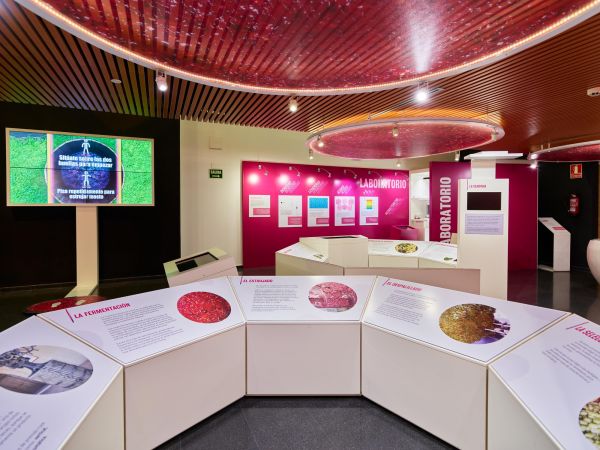
Finca Antigua Warehouse (Los Hinojosos)
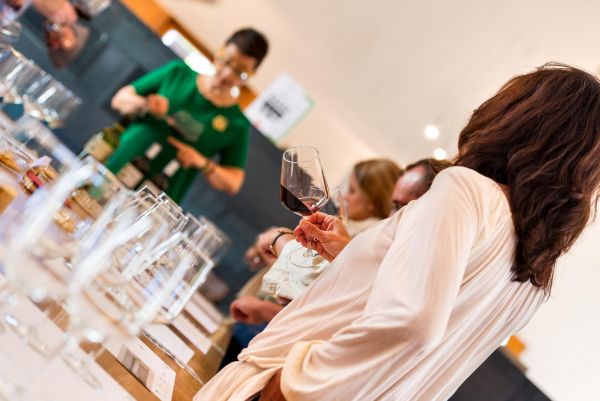
Castiblanque Warehouse (Campo de Criptana)
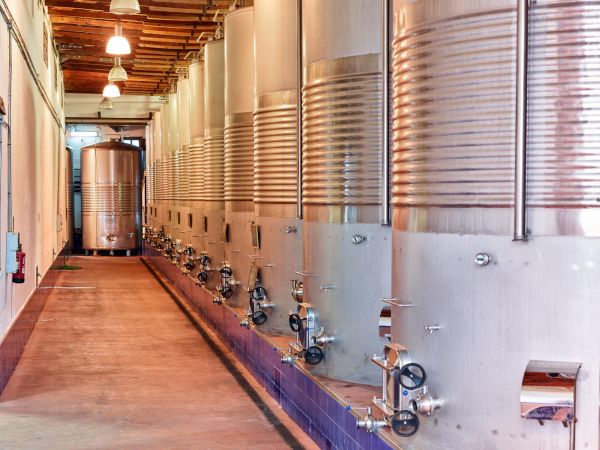
Cooperativa Virgen de las Viñas Museum (Tomelloso)

Azafrán Restaurant (Villarrobledo)

La Mancha Wine Route is included in the Wine Routes of Spain, a project promoted by ACEVIN (the Spanish Association of Wine-Producing Towns and Cities), which shows travellers the wine-growing, cultural, historical and natural heritage of the zones where wine has been and is a central figure in the history and lives of the local peoples. A perfect option for immersing visitors in everything wine-related!
“A trip straight to the heart of La Mancha.” This is the leitmotiv of La Mancha Wine Route that guides us through the most Cervantine and Quixotic flavours of La Mancha geography. It’s a window into the best of our lands. The route, which unfolds in the heart of the La Mancha plains, spans six towns in the provinces of Ciudad Real, Albacete and Toledo: Alcázar de San Juan, Tomelloso, Campo de Criptana, Socuéllamos, El Toboso and Villarrobledo.
We are venturing into the most extensive wine-growing area in the world. Wine plays a central role in the history, culture and landscape. Before our eyes, unique landscape unfolds, marked by seemingly endless flat plains. Broad, rolling expanses of vines and cereal, lost in the foothills of the Mediterranean mountain ranges.
The route has a wide, varied range on offer: tastings of every kind, competitions, winery and vineyard tours during harvest, routes for walking, on bike, in 4x4, festivals, parties, fairs, etc. Exploring the wineries on this route means delving into history, soaking up the La Mancha landscape and the flavours of the fruits of this land, where soil and weather conditions merge to produce a wide range of wines.
The route also peeps into the cultural and monumental heritage of the local towns. Villarrobledo offers an urban ensemble of wide streets and whitewashed walls in the style of other La Mancha towns, typical of the wine industry prevalent in the region. Among the town’s churches, convents and stately homes, we find the Don Quixote Winery Interpretation Centre and the Pottery and Jars Interpretation Centre.
In Socuéllamos, considered “wine country”, Manchavino holds, all year round, different activities related to La Mancha wine and culture. These include the Wine Patio in the Wine Tower Museum. This town also has the Harvest Festival in the first days of September.
Churches, convents and palaces make Alcázar de San Juan a monumental town, where visitors should not miss the Noblemen and Pottery museums, the Gran Prior palace, its windmills on a hill in the centre of the La Mancha plains and the Wine Interpretation Centre. This town holds the Regional Quixotic lands wine competition, the ‘Guiso de las Bodas de Camacho’ (wedding stew) Gastronomic Day, the wine and Cervantine baptism days and the Quixote Land Flavours Festival.
Tomelloso is the cradle of great figures of art, and the ‘bombos’ (old houses made of stones piled on top of each other), caves and chimneys of the old distilleries evoke a history and tradition linked to wine. The Antonio López, Carriage, Tools and Machinery or Contemporary Art museum provide a top class cultural offer. The town’s heritage includes the Posada de los Portales, showcasing La Mancha simplicity. Tomelloso dresses up for celebration, on the last Sunday in April, of the pilgrimage in honour of its patron saint, the Virgin of the Vines.
Dulcinea, the idealised, imaginary woman that Don Quixote carries in his heart, attracts many visitors to El Toboso every year. Several places in this town concentrate on this Cervantine figure. Don’t miss the Cervantes Museum –with a collection of over 700 copies of El Quixote–, the Toboso Dulcinea Home and Museum –a reproduction of a 16th century La Mancha mansion– and a stroll down the alleyways next to whitewashed homes with traces of indigo. The famous Cervantes Days are held in April.
If anything is typical of the Campo de Criptana, it is the local windmills –you can imagine Don Quixote battling against “giants” atop Cerro de la Paz– and the famous Albayzín in Criptana, with narrow, cobblestoned alleys and traditional La Manchega homes.
To complete the route, we must add visits to natural spaces of great beauty such as the Alcázar de San Juan and Salicor lagoon complexes in Campo de Criptana, and above, the Lagunas de Ruidera Natural Park.
The Route offers a varied, quality range of hotels, which combined with gastronomy showcasing La Mancha recipes linked to local traditions, provide a simplicity and humility that surprises guests after each mouthful bursting with delicious flavours.
May also be of interest to you
Castilla-La Mancha Tourism in 2023. All rights reserved.

 365
365

